A perforated plate is any metal plate punched by a tool or machine with holes or application-specific forms planned in a sequence or pattern. Perforated metal is a sheet metal with a pattern of holes punched or stamped into it using a machine. It is frequently made from stainless steel, cold-rolled steel, aluminum, and other metals. It is also known as a perforated sheet or perforated screen. Around 150 years ago, perforated metal was first used as a coal filtering method for the mining business. The perforation procedure was initially labor-intensive, requiring workers to hand-punch each hole into a metal sheet.Read More…
Accurate Perforating is a one-stop shop for complete perforated metal solutions. We can perforate, fabricate and finish almost any metal for almost any use. Whether you need perforated aluminum, carbon steel, galvanized, stainless steel, or copper; in perforated sheets, coils, parts or finished components; or architectural metal, decorative metal, railings, facades or sunscreens — with the...
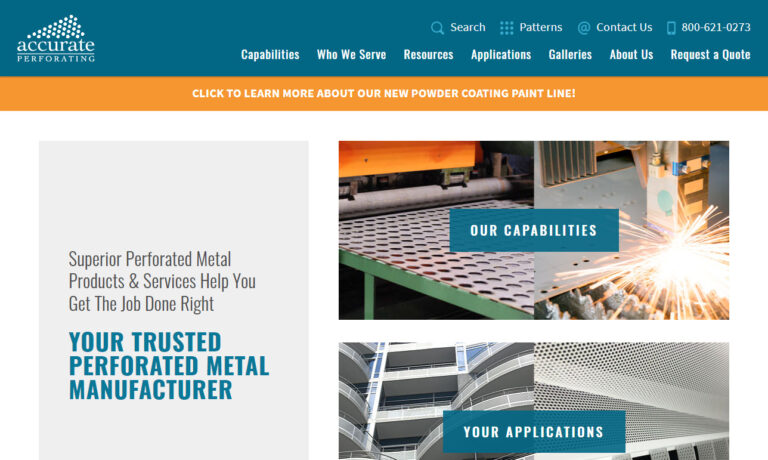
At Ametco Manufacturing Corporation, we specialize in custom manufacturing a wide range of quality products, including perforated metals, and plastics. Our expertise extends to crafting, perforated sheet, perforated tubes, and perforated metal filter screens. As specialists in metal perforation, we adhere to the strictest guidelines to ensure that every product we deliver meets the highest...

Here at Remaly Manufacturing Company, Inc. we aim to exceed your expectations. Our teams utilize the most efficient manufacturing processes and we strive to provide you with the highest quality solutions. All of our products are pre-tested and we work with you to determine the best perforated metals for your applications.
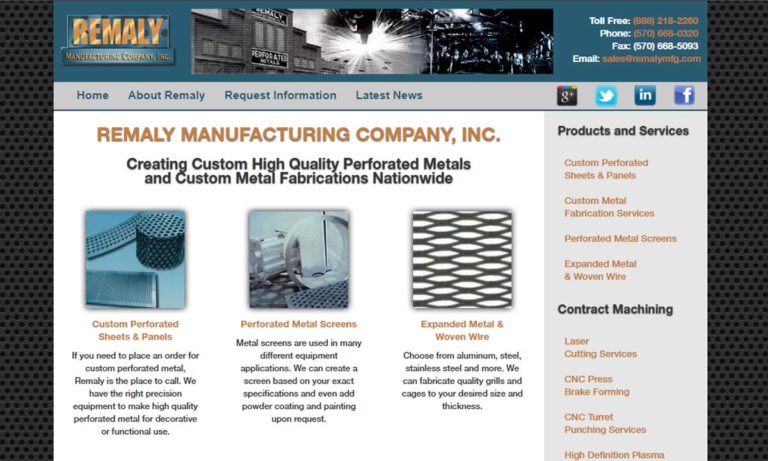
Here at VACCO Industries, we can create custom perforated metal products, and our engineers will abide to your exact requests. These top of the line products are affordable, and we work hard to make all of our products with precision techniques

More Perforated Plate Manufacturers
The technique has improved over time through machinery that employs punching needles grouped in particular patterns. Punching, drilling, or milling create perforated sheets with corresponding openings spaced regularly apart. Any material, including steel, stainless steel, copper, aluminum, or plastic, can be perforated in almost any geometric configuration that is technically possible.
As a rule of thumb, the hole's diameter and the bridge's width should not be less than the material's thickness. It is possible to create perforated sheets with or without an unperforated edge. A punching burr is always on the side facing the punch outlet on perforated sheets that have been punched. The only way to guarantee burr fineness is with further treatment.

How Perforated Plates are Made
The metal sheet is the initial material used in the perforating production process. Sheet metal can be sliced and twisted into various shapes despite being thin and flat. In the US, thickness is based on inches. However, the thickness of sheet metal is ordinarily measured in millimeters everywhere else. A rotary pinned perforation roller is used as the most popular way of perforating metal. This is a sizable cylinder with protruding, pointed needles for punching holes in the metal.
The perforation roller revolves while the sheet metal runs across it, continuously punching holes in the sheet as it passes. The roller's needles, which may create holes of a wide range of diameters, are occasionally heated to melt the metal that forms a strengthened ring around the perforation. Perforating using a "die and punch" is another popular technique. A sheet containing needles is continually placed into the moving metal, punching holes into the sheet.
The surface is polished after the residual punching debris is sheared off. The die and punch technique is quite effective and may swiftly perforate a sizable sheet surface. The most cutting-edge technology is laser perforation. This method is the most expensive but also the most advanced and accurate. While maintaining a higher level of consistency and control over the hole sizes and pattern than rotary pinned perforation with hot needles, laser perforation yields comparable results.
Customization and Design of Perforated Plates
Almost any metal can be used to create perforated plates. Aluminum, steel, brass, and copper are some of the metals that are most frequently perforated. Due to their weakness, perforated aluminum plates are utilized less commonly in demanding applications. However, perforated aluminum plates are lightweight and resistant to oxidation and corrosion. As a result, perforated aluminum is particularly well-liked for use with various outdoor applications, including decorative paneling and perforated metal chairs. Aluminum plates with holes are equally as strong as steel plates with holes.
Perforated Plate Designs
Round Hole
The most popular pattern for perforated plates is round hole perforations in staggered or straight rows. This design maintains strength and durability while allowing for a big open area.
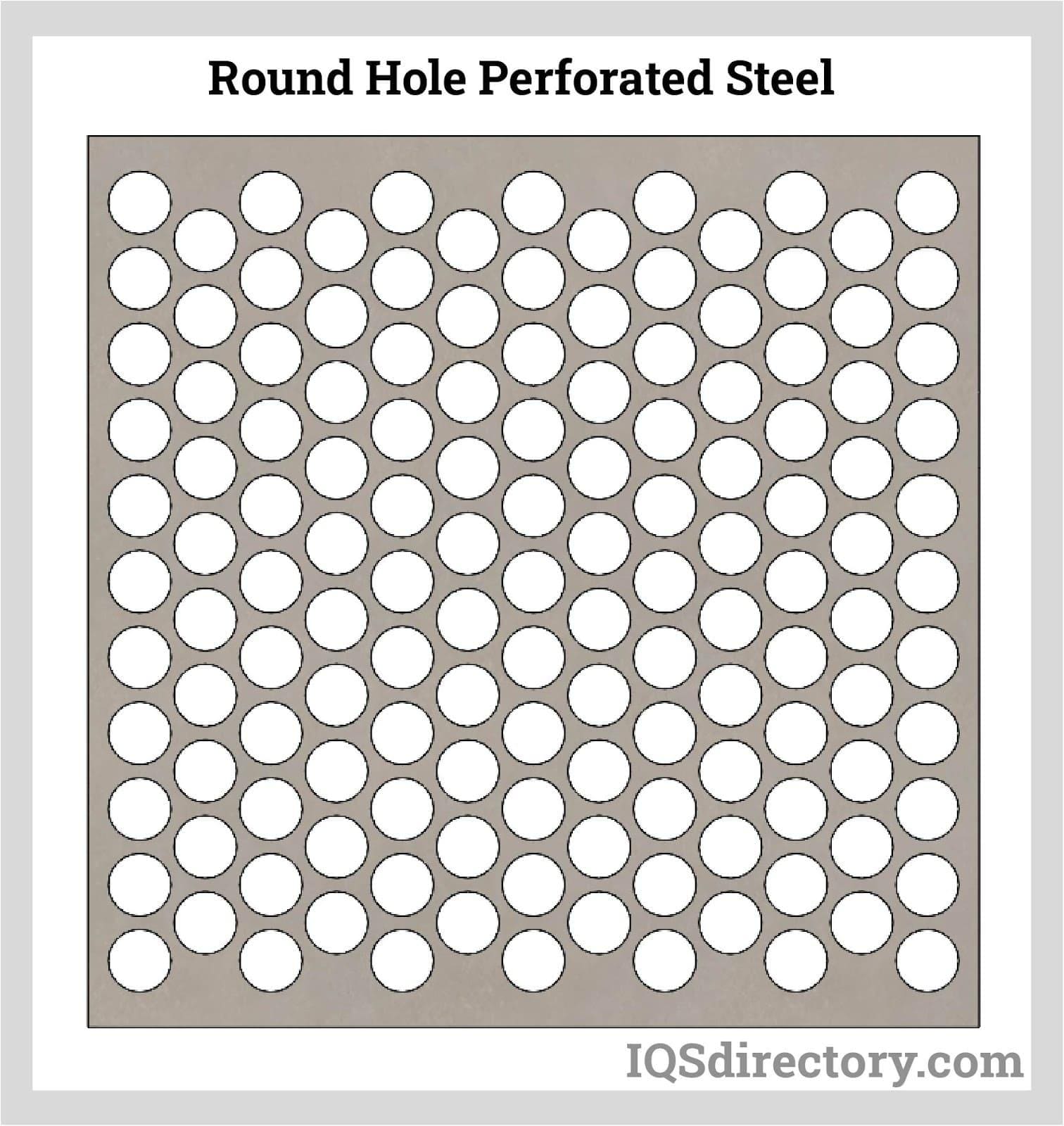
Hole Perforation in a Square (Staggered or Straight)
To filter bulkier or heavier materials, square hole designs provide a greater open area with a good strength-to-weight ratio.

Hole Perforation in a Slot (Staggered or Straight)
Although it is less frequently employed than the round or square hole design, this pattern type is occasionally used to filtrate grains, seeds, and various liquids, such as wine.
Benefits of Perforated Plate
Perforated metal's acoustic properties assist people or workers in reducing the negative impacts of noise on their health. Perforated metals have been demonstrated in studies to help lower sound levels. Studies have indicated that using perforated metal sheets in front of a building's façade can result in savings of up to 45% and 29% of the energy used for heating (heating, ventilation, air conditioning) and lighting over a year, respectively. In addition, solar irradiation can be reduced by 77.9% depending on the location of the building (the strength of the external sun) through perforated plating.
Applications of Perforated Plate
Many industries have used perforated metal, including:
- Architectural applications include sunshades, cladding, column coverings, infill panels, metal signage, site amenities, fencing screens, etc.
- The construction of beehives, wine vats, grain dryers, fish farms, silo ventilation, sorting equipment, fruit and vegetable juice presses, cheese molds, baking trays, coffee screens, etc., are all examples of perforated plating in the food and beverage industry.
- Filters, centrifuges, drying machine baskets, battery separator plates, water screens, gas purifiers, liquid-gas burning tubes, mine cages, coal cleaning, etc., are examples of chemical and energy-related equipment using this material.
- Material development includes glass reinforcing, cement slurry screens, dyeing equipment, textile printers and felt mills, cinder screens, and screens for blast furnaces, among other things.
- Automotive applications feature sand ladders, matting, radiator grills, running boards, flooring, motorbike silencers, ventilation grids, and tractor engine ventilation.
- Acoustic panels, stair treads, pipe guards, ventilation grills, sun protection slats, facades, sign boards, temporary airfield surfaces, etc., are all used in construction.
Choosing the Right Perforated Plate Manufacturer
To ensure you have the most positive outcome when purchasing perforated plate from a perforated plate manufacturer, it is important to compare several companies using our directory of perforated plate manufacturers. Each perforated plate manufacturer has a business profile page highlighting their areas of experience and capabilities, along with a contact form to directly communicate with the manufacturer for more information or request a quote. Review each perforated plate business using our patented website previewer to quickly learn what each company specializes in. Then, use our simple RFQ form to contact multiple perforated plate companies with the same form.

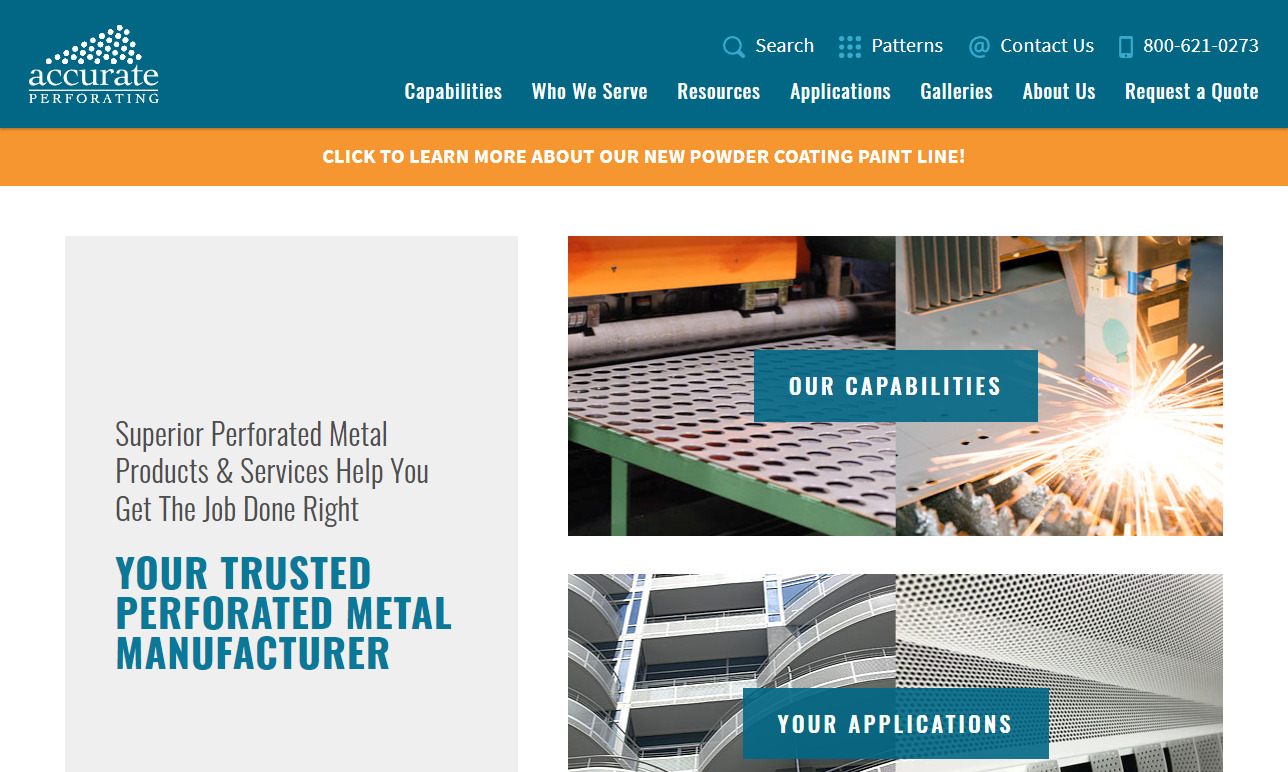
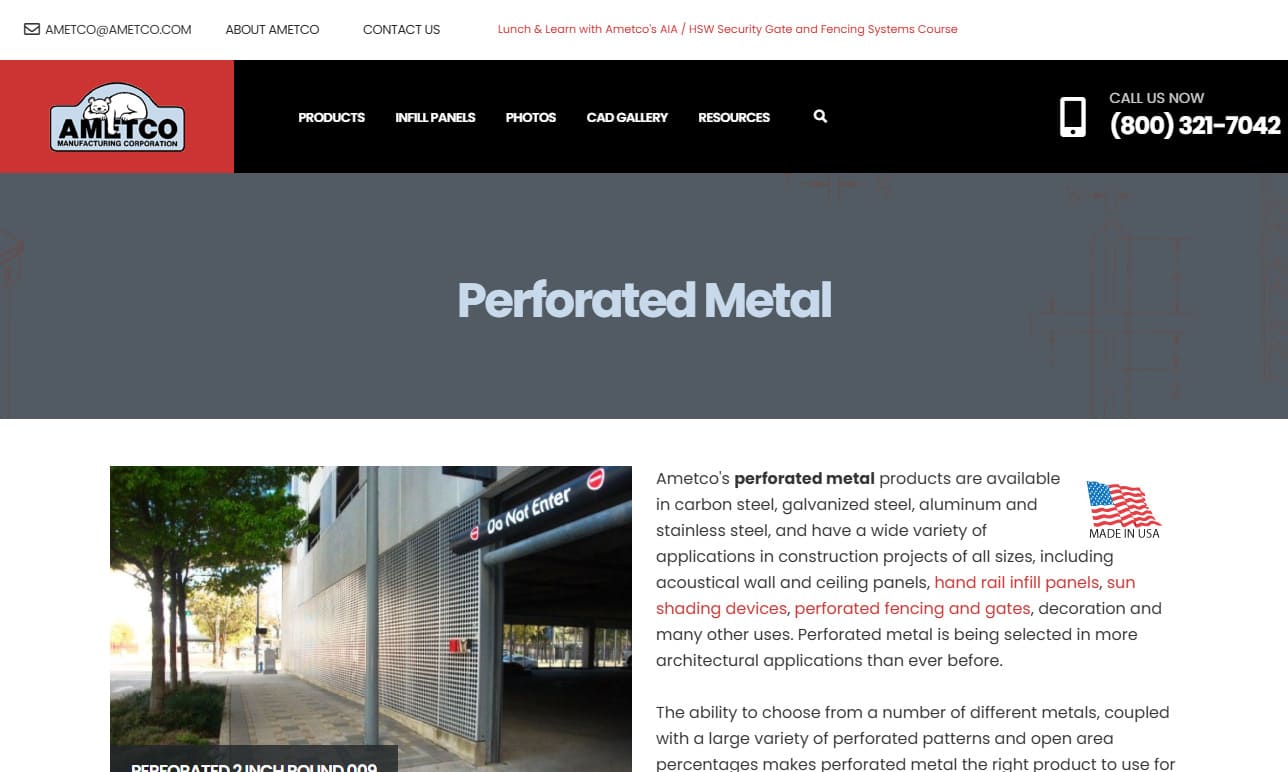


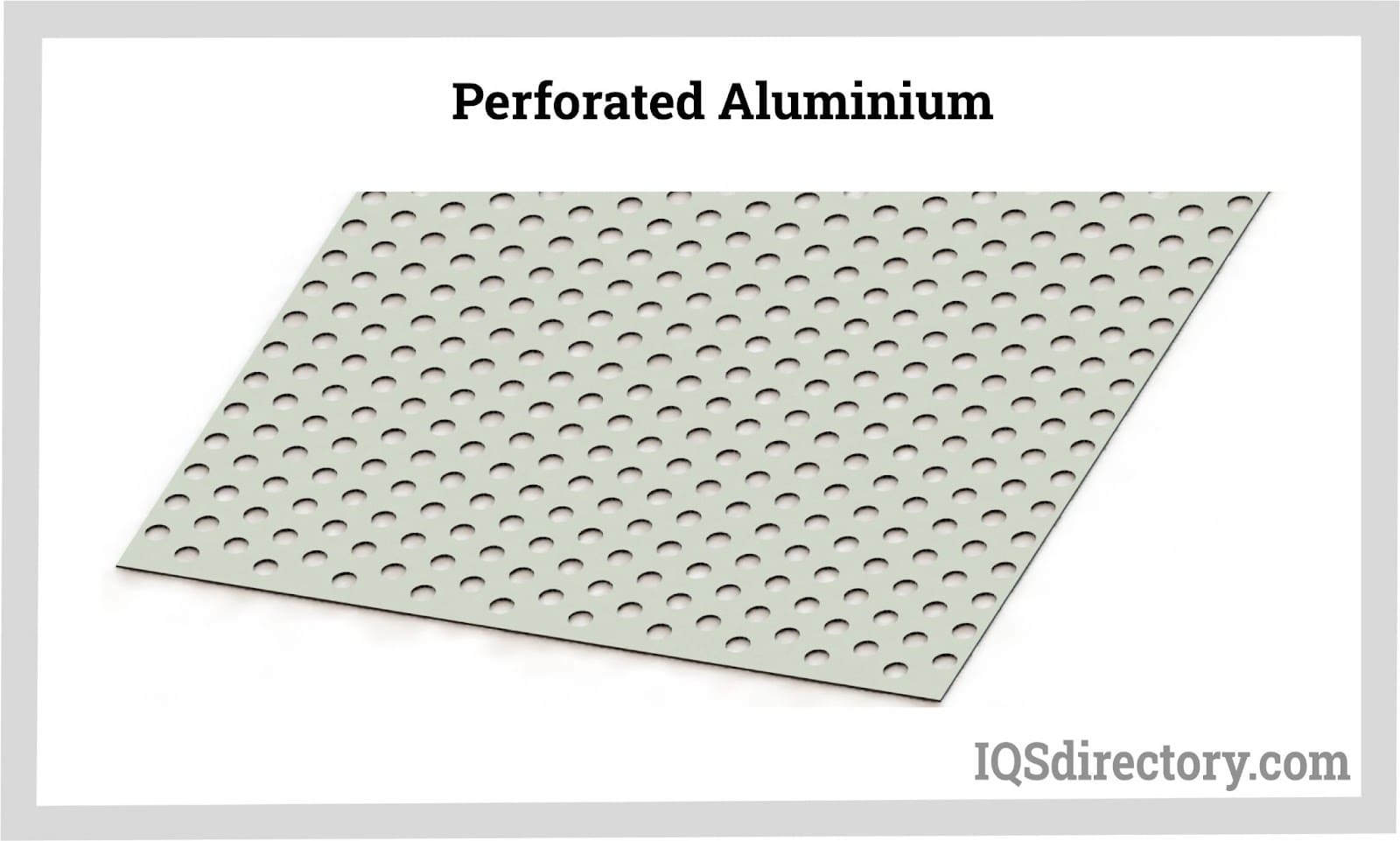
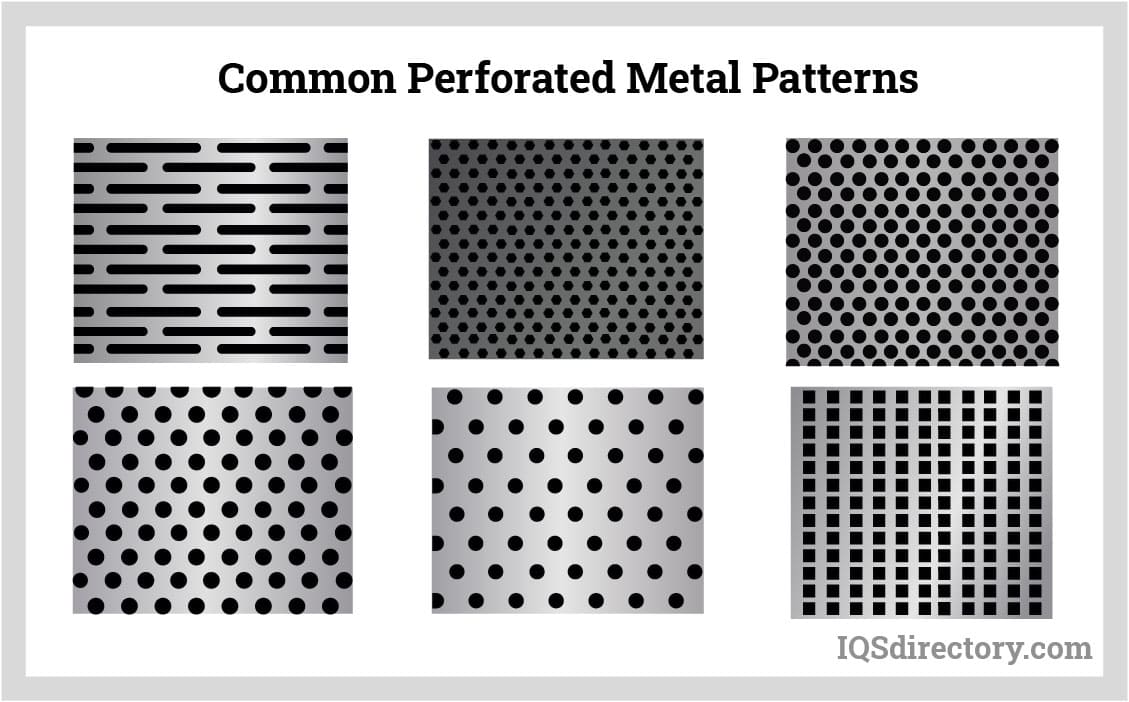
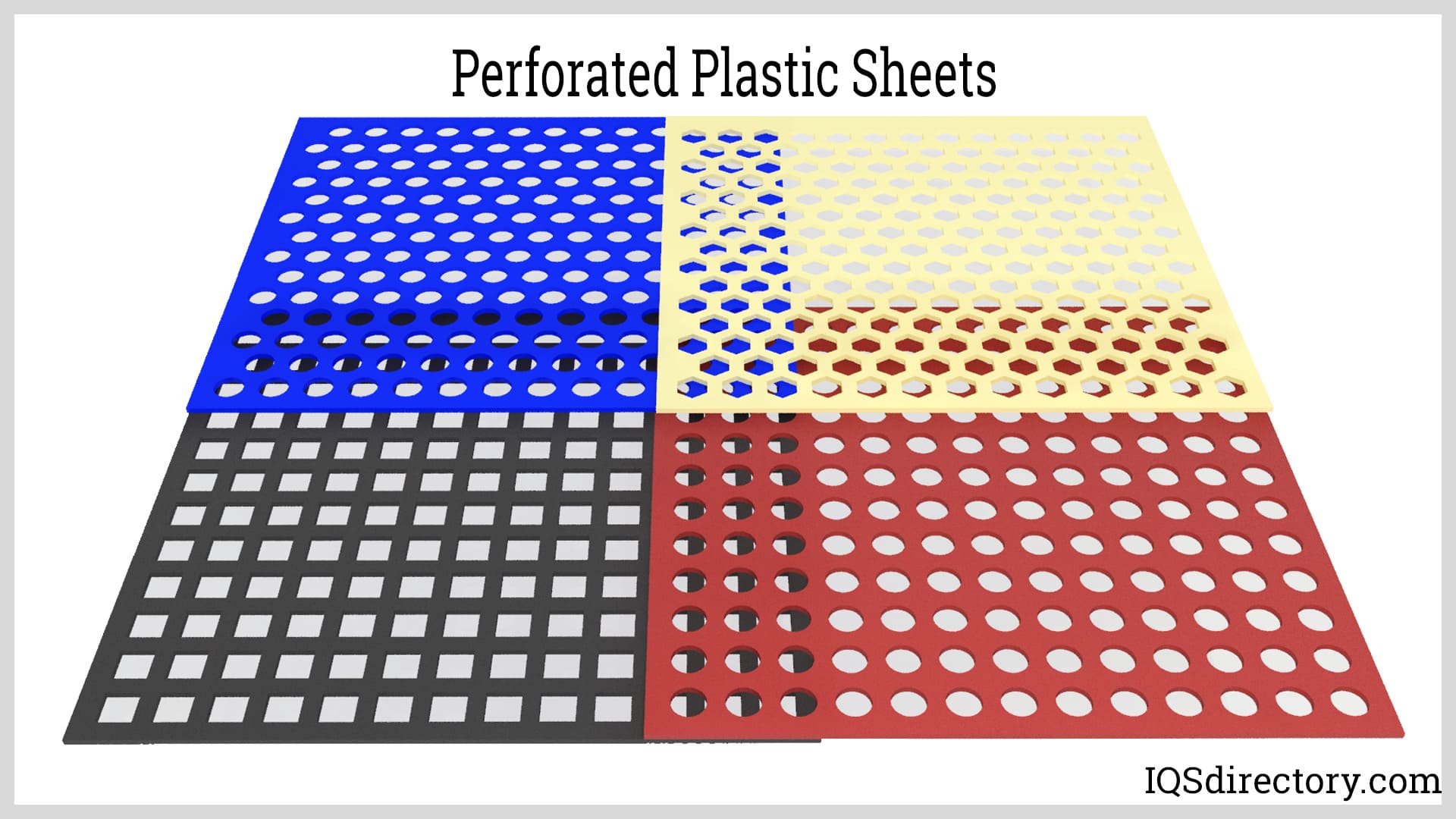
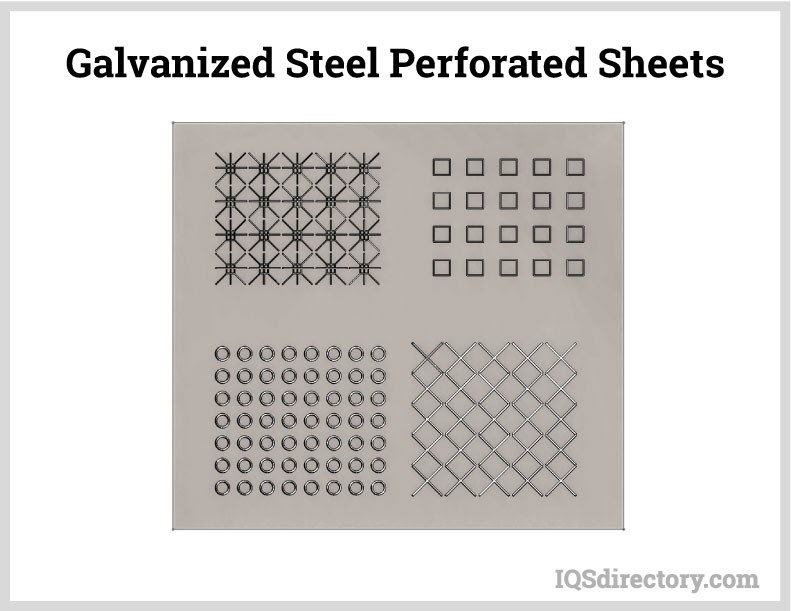


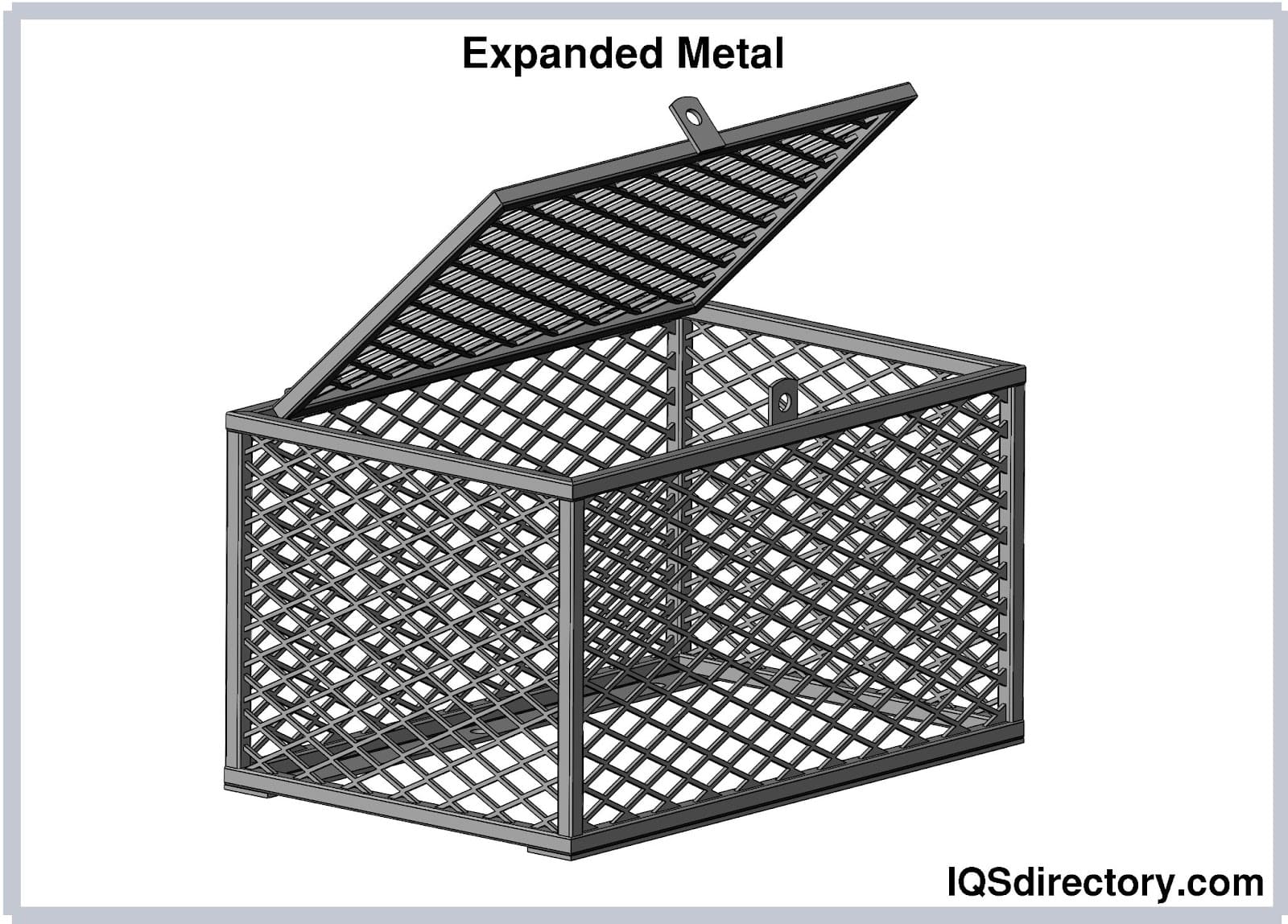
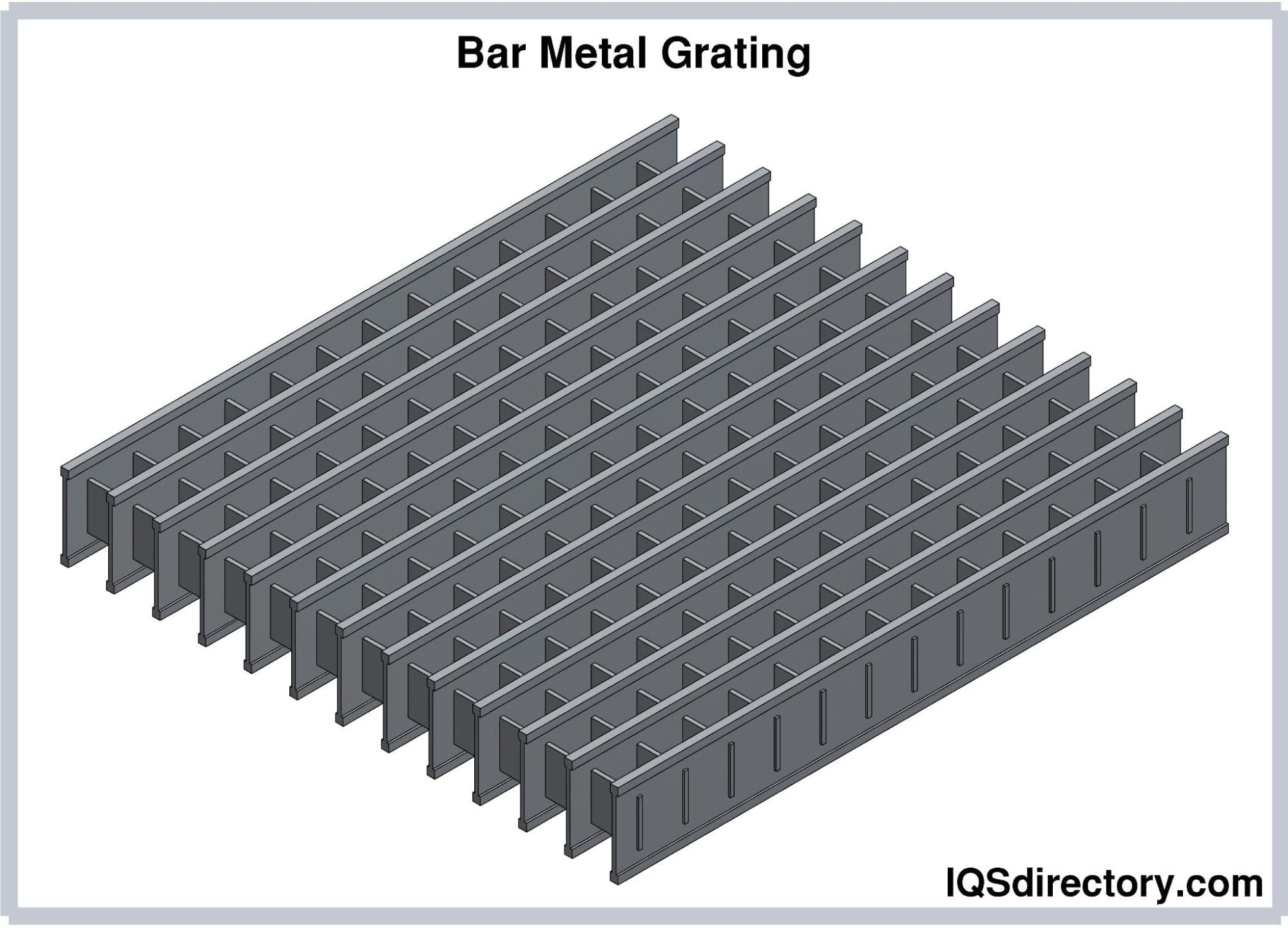
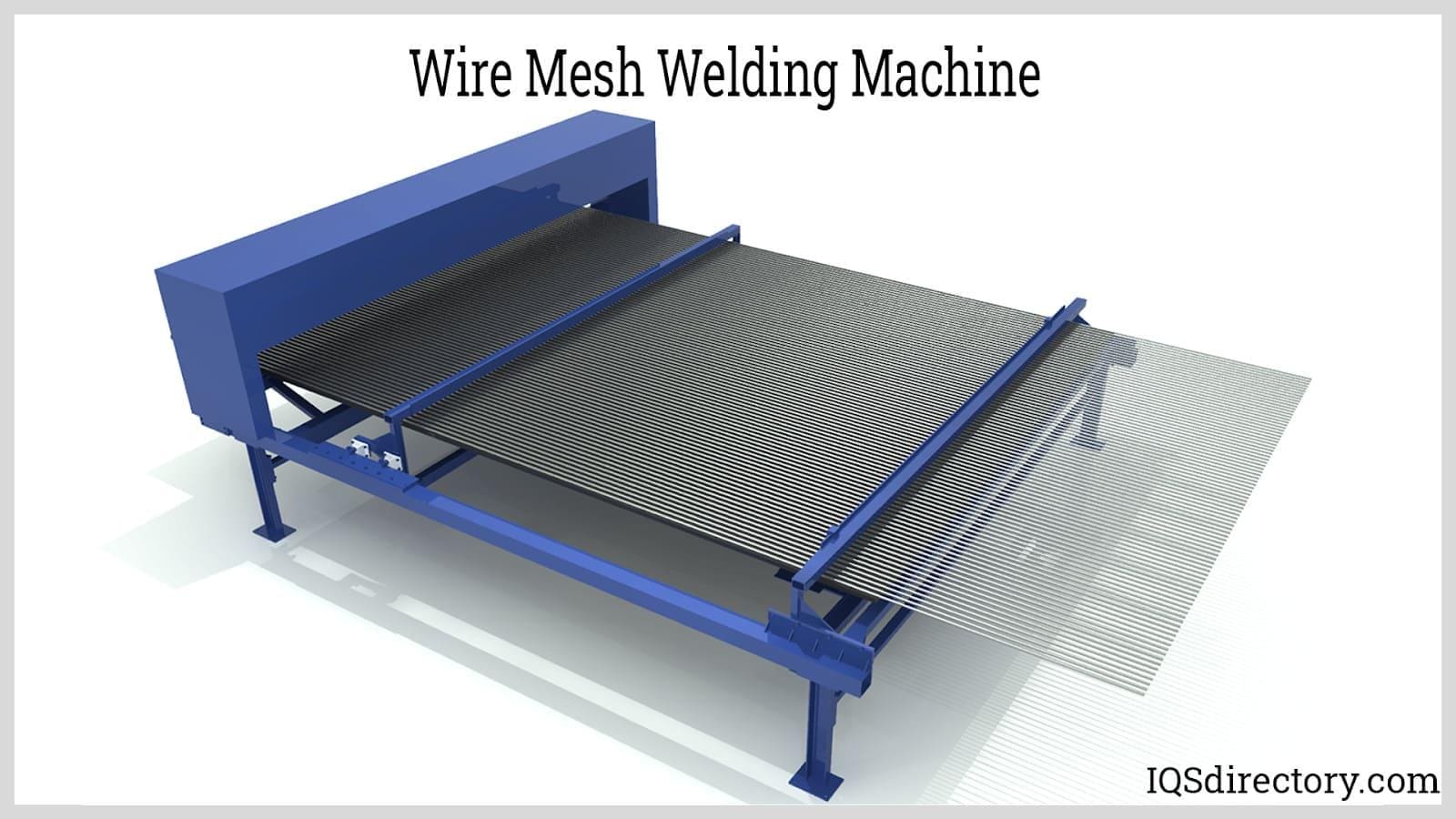
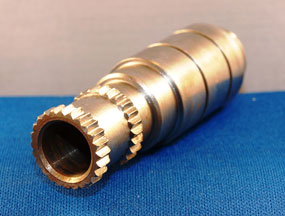 Broaching
Broaching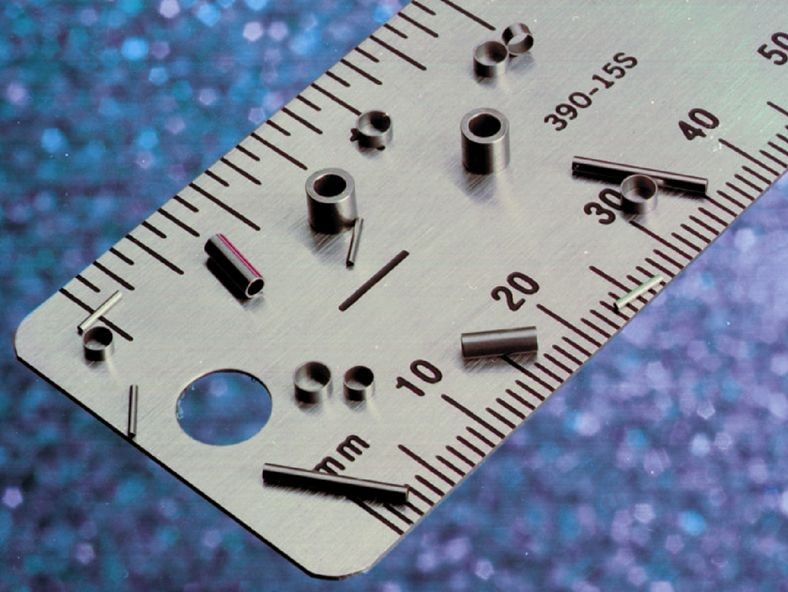 CNC Machining
CNC Machining Expanded Metals
Expanded Metals Laser Cutting
Laser Cutting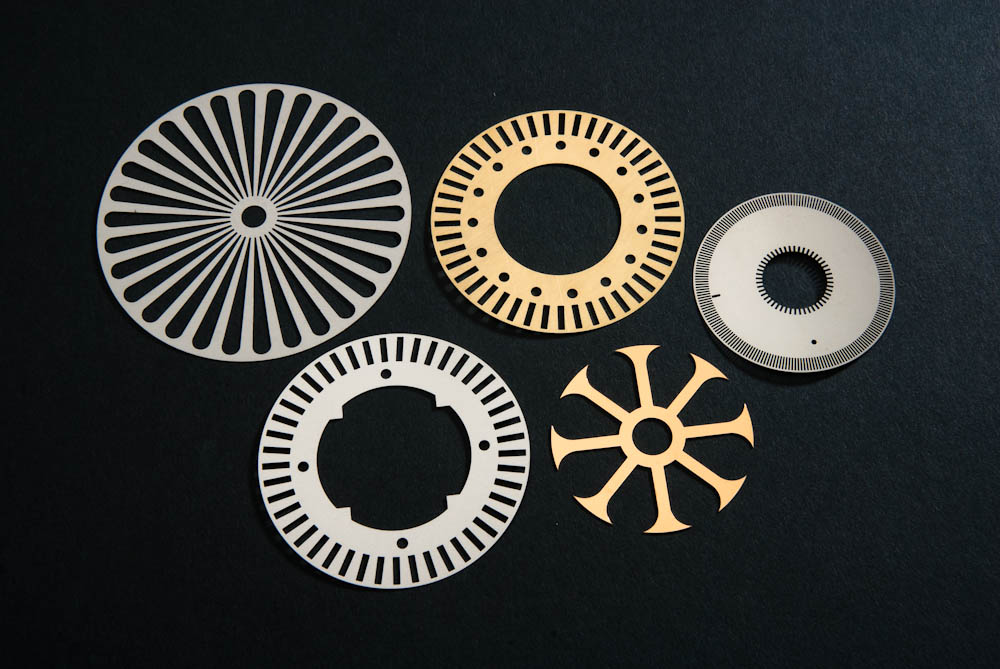 Metal Etching
Metal Etching Metal Fabrication
Metal Fabrication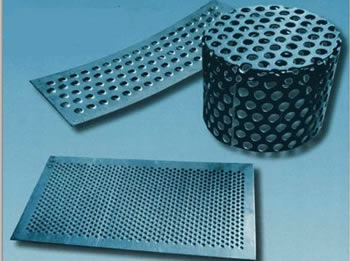 Perforated Metals
Perforated Metals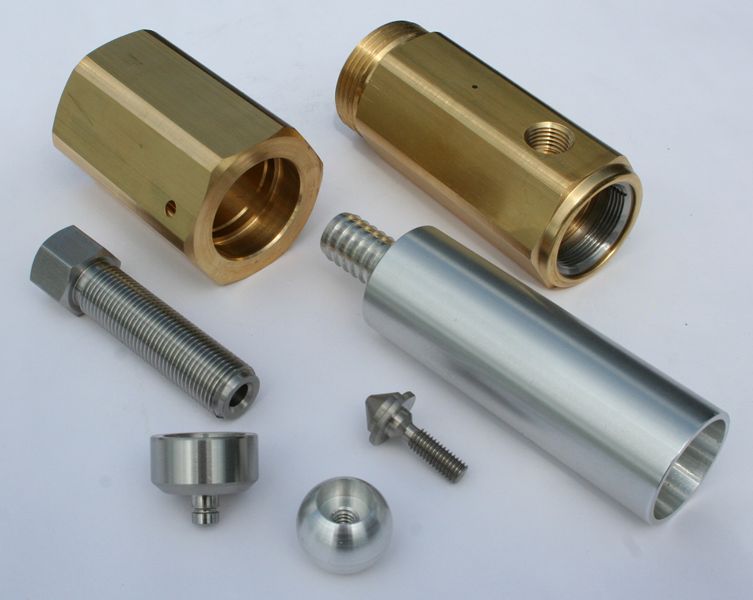 Screw Machine Products
Screw Machine Products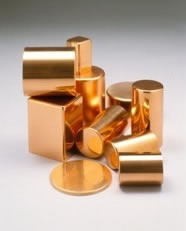 Metal Stampings
Metal Stampings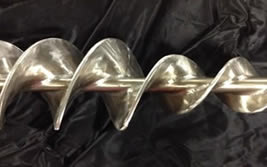 Sheet Metal Fabrication
Sheet Metal Fabrication Tube Fabrication
Tube Fabrication Water Jet Cutting
Water Jet Cutting Castings & Forgings
Castings & Forgings Bulk Material Handling
Bulk Material Handling Electrical & Electronic Components
Electrical & Electronic Components Flow Instrumentation
Flow Instrumentation Hardware
Hardware Material Handling Equipment
Material Handling Equipment Metal Cutting Services
Metal Cutting Services Metal Forming Services
Metal Forming Services Metal Suppliers
Metal Suppliers Motion Control Products
Motion Control Products Plant & Facility Equipment
Plant & Facility Equipment Plant & Facility Supplies
Plant & Facility Supplies Plastic Molding Processes
Plastic Molding Processes Pumps & Valves
Pumps & Valves Recycling Equipment
Recycling Equipment Rubber Products & Services
Rubber Products & Services